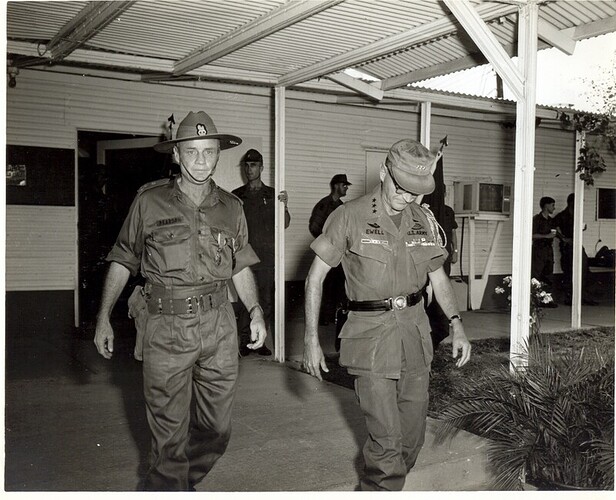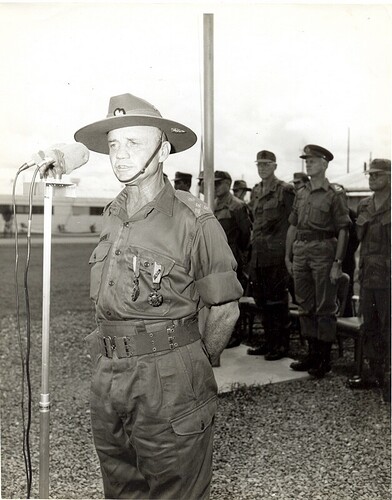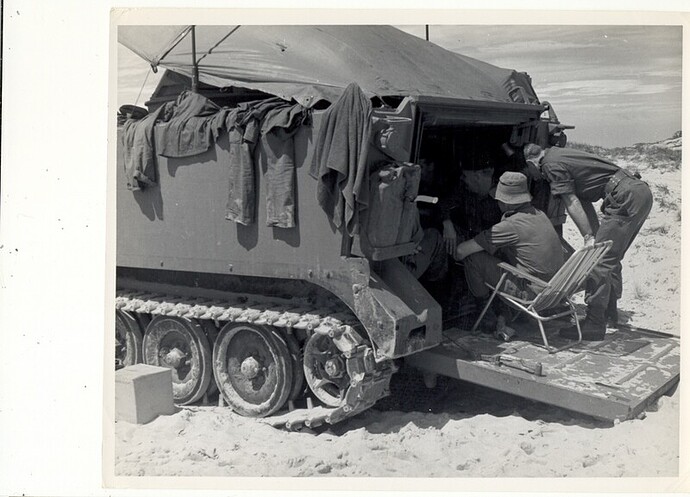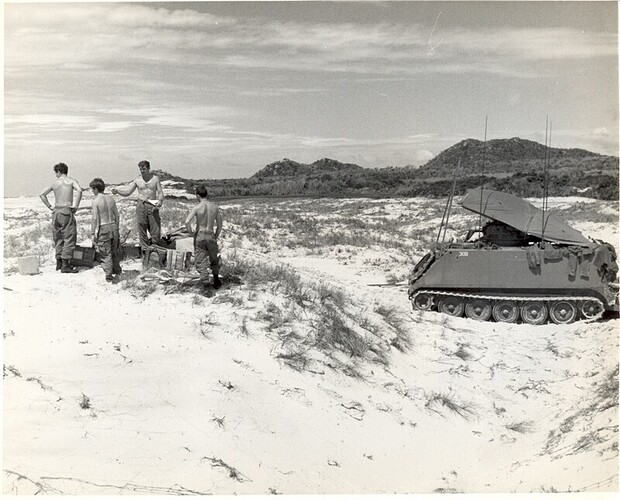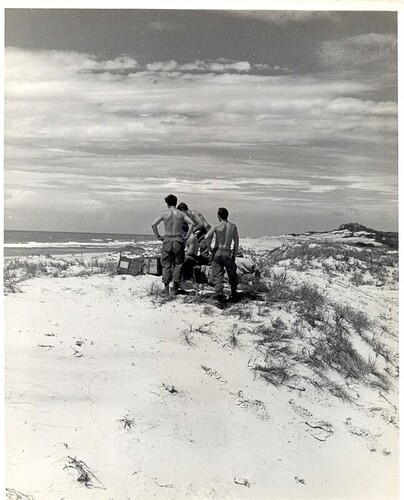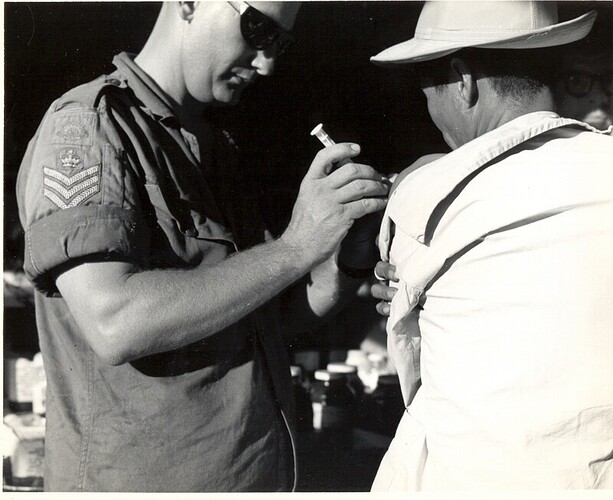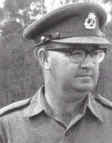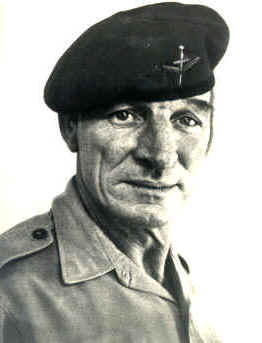The most comprehensive site about Australia’s involvement in Vietnam.
http://www.hotkey.net.au/~marshalle/
18,000 Australian soldiers did their tour of duty in Nam. 504 of them KIA.
Did you Know?
- Estimated overall casualties 5,773,190
- Estimated Dead 2,122,244
- Dust-off Missions 500,000
- Patients air-lifted from battlefields 900,000
- Assassinations (South Vietnam) 36,725
- Abductions (South Vietnam) 58,499
- Estimated South Vietnamese citizens Killed 587,000
- South Vietnam Military personal Killed 220,357
- Defoliants used (US Gallons) 19,000,000
- Area sprayed (acres) 3,500,000
- Helicopters Used 12,000
- Helicopters Downed (Enemy ground Fire) 4,865
- Average age of World War 2 Soldier 26
- Average age of Australian Soldier in Vietnam 20
- Americans Killed 58,169
- Australians Killed 504
- Americans killed less than 20 years old 11,464
- Americans severely disabled 75,000
- Amputations and crippling wounds were 3000/0 higher than WW2.
- Ammunition expended each month (tons) 71,000
- Average of Artillery rounds expended each day in Vietnam 10,000
- The number of men who registered for National service in Australia, 804,000
Of these 63,000 were called up, and 18,000 went to Vietnam - The US Air Force missions over Vietnam 1,899,688
- Total tonnage of bombs dropped by US Air Force 6,727,084
- During WW2 the Bomb tonnage dropped on Germany 2,700,000
- Fixed Wing Aircraft lost in Vietnam 3,750
27 . The US airman lost in Vietnam 8,040 - B52’s Bombers lost in Enemy Action in Vietnam 18
- B52’s Bombers Lost due to mid air collisions and other accidents 13
- The number of Field Rations consumed each month in Vietnam 10,000,000
- Litres of petroleum products consumed each month 303,000,000
The Infantry Soldier in the South West Pacific in WW2 saw an average of 40 days in combat in four years. The Australian Infantry Soldier in Vietnam saw an average of 314 days in the bush in one year. In Vietnam the avg time elapsed between being wounded and being in Hospital was 1 Hour. The Percentage of those seriously wounded and saved was 82%. The Percentage of those wounded who died after reaching Hospital was 2.5%.
Lancer44

